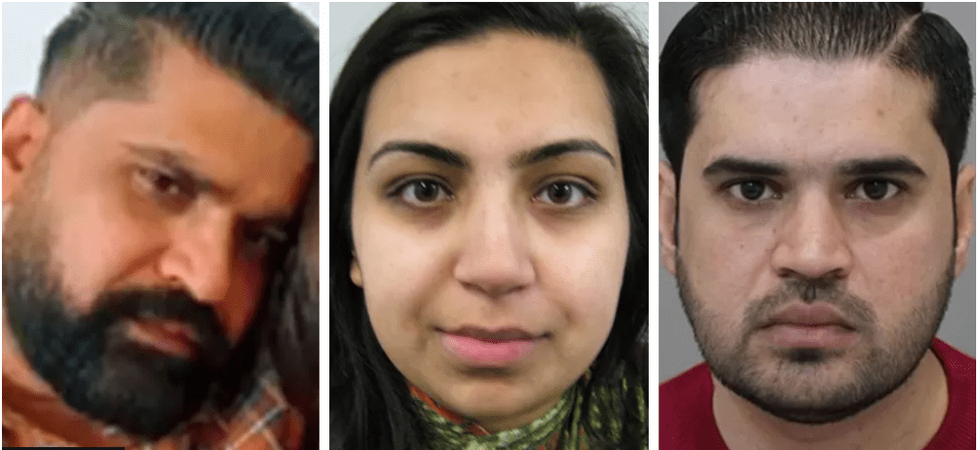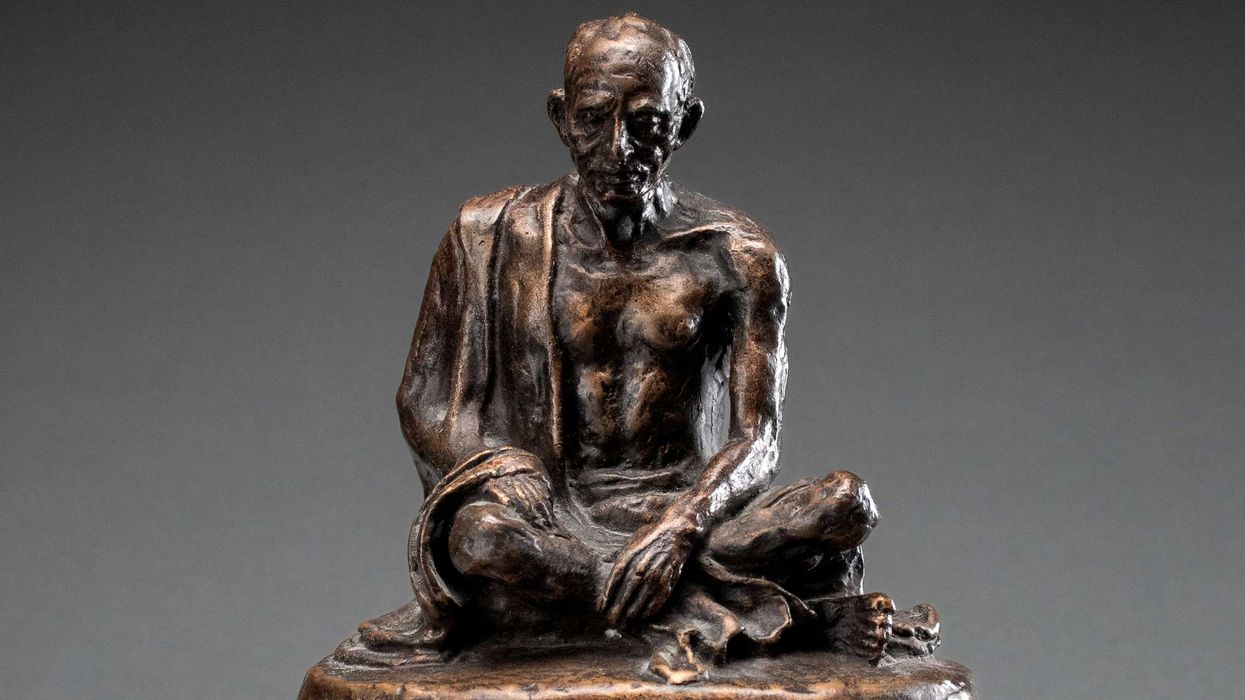SURREY police have released new images of Sara Sharif as part of their investigation into the death of the 10-year-old girl.
She was found dead in her family home in Woking on August 10 and a post-mortem examination revealed she had sustained "multiple and extensive injuries" over a long period.
Sara's father Urfan Sharif, 41, his partner Beinash Batool, 29, and his brother Faisal Malik, 28, have been charged with murder and causing or allowing the death of a child.
Police said they released the new images “as part of our ongoing appeal for information to help us build a picture of her life prior to the discovery of her body".
The force added that the photos "present Sara in the way we believe she may have dressed in the months prior to her death".

"We are hoping that these images will prompt more people to come forward with information about her and her family".
One of the pictures shows Sharif wearing a black hijab in what looks like a school photo and in the other she is wearing a blue hijab.
Her father, step mother and uncle travelled to Pakistan the day before her body was found and they were arrested following their return to the UK on September 13.
They have been remanded in custody and are due to appear in court on December 1 for a plea hearing.
Their trial is expected to begin in September next year.
The force has continued to appeal for information about Sara’s life, saying officers would like to speak to anyone who knew her.

Detective Superintendent Mark Chapman said, "We are grateful to everyone who has already contacted us, and I would like to stress that any information, no matter how insignificant it might seem, is reviewed by the investigation team and further enquiries carried out if appropriate.
"I would urge anyone who may have information and hasn't yet come forward to reach out to us."













